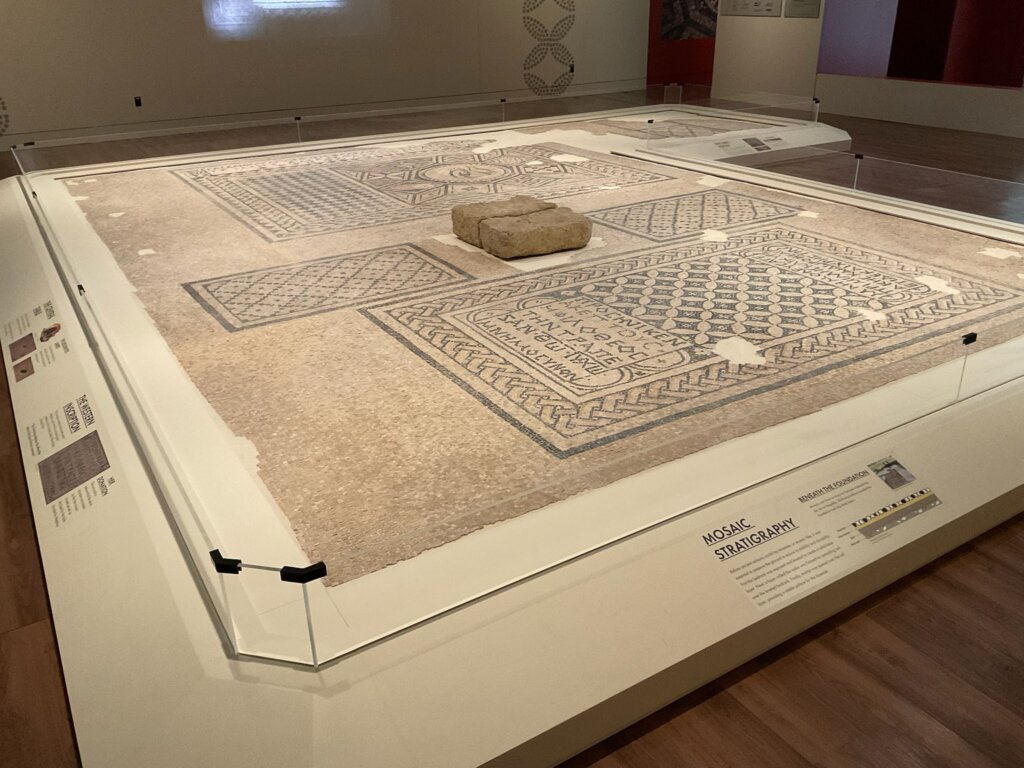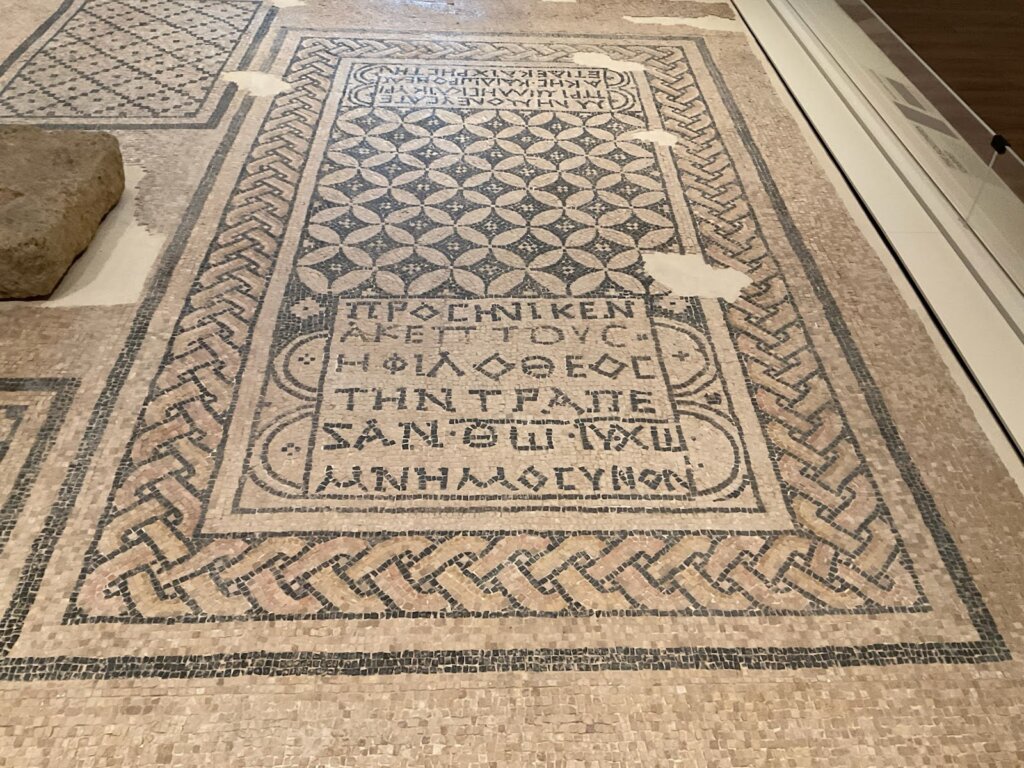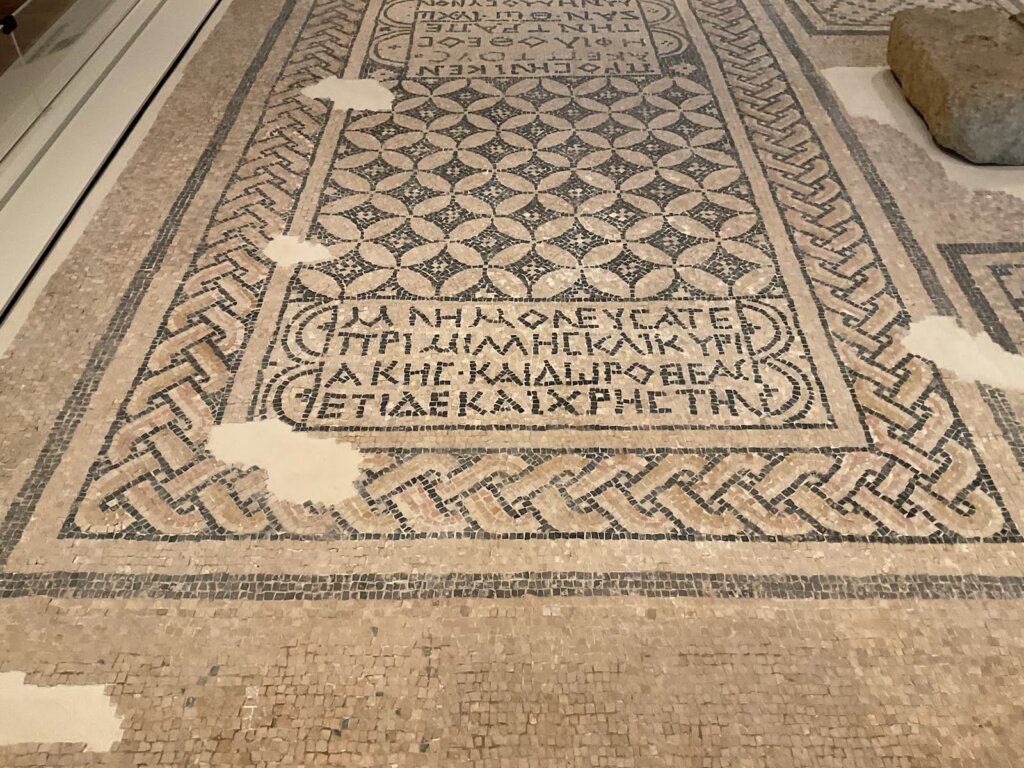“A town approximately 3,500 years old was discovered in Kom el-Negus, Egypt, located about 27 miles west of Alexandria.”
After 14 years of war, Palmyra is finally at peace, and plans are underway to rebuild.
A rare Egyptian blue ingot weighing five pounds was discovered in Nero’s grand palace in Rome.
Greece is planning to restore the Kladios Baths in ancient Olympia. The complex was first built in AD 100 and occupies 400 square meters.
Basilica B in Philippi has been partially restored.
Last year 886 artifacts were added to the inventory of the Antalya Museum.
When the Syrian government collapsed, one lone guard protected the National Museum in Damascus from looters.
The Louvre “has requested urgent help from the French government to restore and renovate its ageing exhibition halls.”
The Rijksmuseum has taken possession of an impressive ancient hoard of Roman and British coins found in 2023.
Tyndale House is hosting a one day conference on “The World of the Bible” on March 22, with sessions led by Tony Watkins, Peter Williams, and Dirk Jongkind. Streaming tickets are available.
A new version of Archibab is now online.
Leon Mauldin has posted a photo of a milestone on the Via Egnatia.
The first spotted hyena seen in Egypt in thousands of years ate two goats and was promptly killed.
Bible Land Passages has created a new video of the city of Athens and what Paul experienced when he visited. The 10-minute video includes on-site footage as well as new 3D models of the buildings on the acropolis.
The amazing Persepolis reliefs have been brought to life by artificial intelligence (30-second video).
HT: Agade, Ted Weis, Gordon Franz, Arne Halbakken, Explorator


